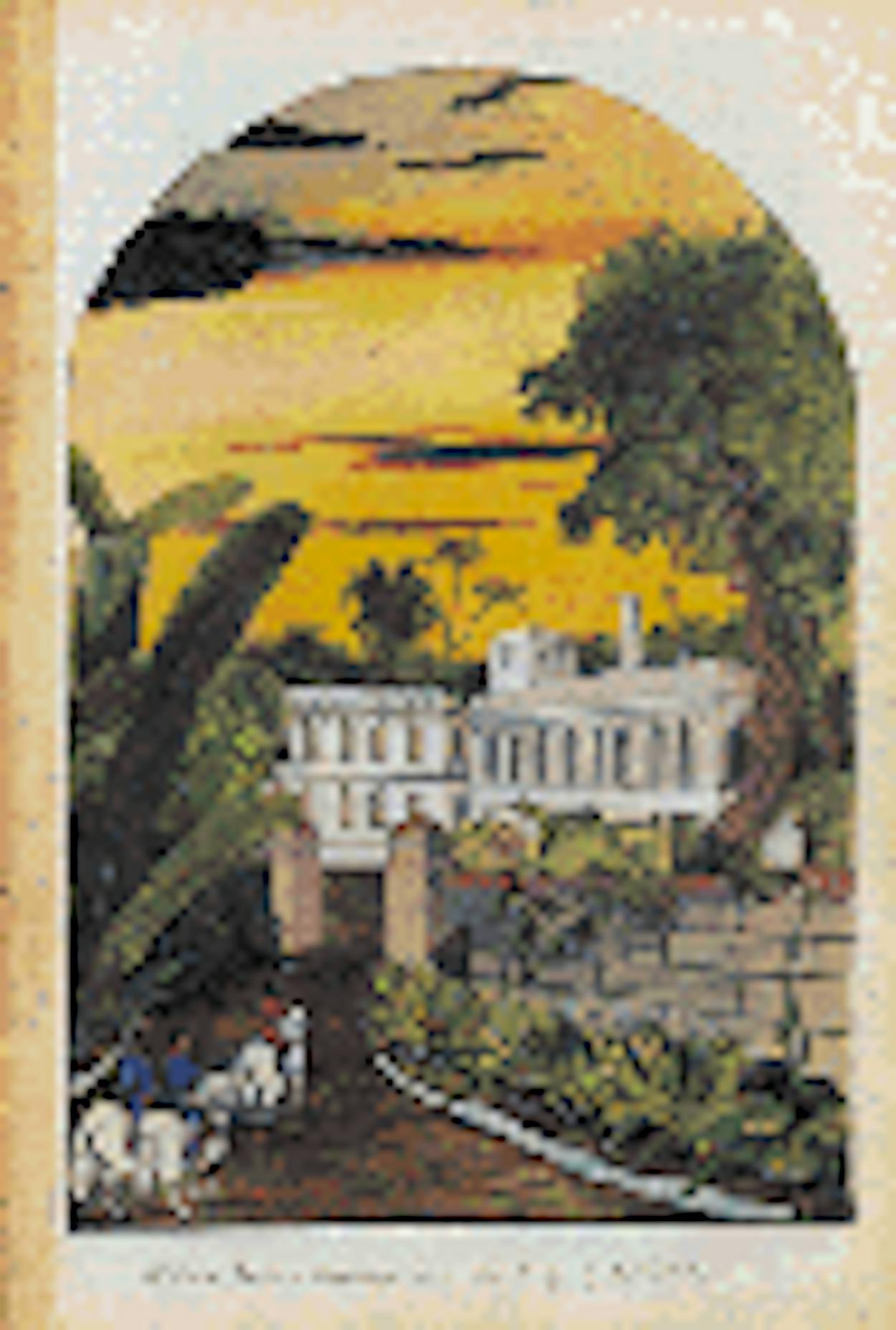![]() Sam Chamberlain’s My Confession: Recollections of a Rogue is a rambling, bawdy, and remarkable tale by a true American original. Born in New Hampshire in 1829, Samuel Emery Chamberlain fled staid New England as a teenager and headed west. By 1846 he had drifted down to San Antonio, where he joined the First Dragoons and went off to fight in the war against Mexico. Chamberlain considered that country to be a “Soldier’s Paradise” filled with fandangos, exotic food, lovely villages, games of chance, and “poblanas” (his term for prostitutes). To hear him tell it, few women, Hispanic or Anglo, could resist his charms.
Sam Chamberlain’s My Confession: Recollections of a Rogue is a rambling, bawdy, and remarkable tale by a true American original. Born in New Hampshire in 1829, Samuel Emery Chamberlain fled staid New England as a teenager and headed west. By 1846 he had drifted down to San Antonio, where he joined the First Dragoons and went off to fight in the war against Mexico. Chamberlain considered that country to be a “Soldier’s Paradise” filled with fandangos, exotic food, lovely villages, games of chance, and “poblanas” (his term for prostitutes). To hear him tell it, few women, Hispanic or Anglo, could resist his charms.
![]() My Confession, first published in 1956, is the rollicking revelation of these romantic escapades, shooting scrapes, and other close calls that were Chamberlain’s stock-in-trade. The book is also full of keenly observed details from a soldier’s point of view. Chamberlain is unsparing in depicting the horrors of that bloody, racist war. Both fascinated and repelled by the Texas Rangers, he describes them at one point as “packs of human blood hounds.” If even half the things Chamberlain writes about are true, his life was by any measure extraordinary. He encountered the great names of the day, including General (and soon to be president) Zachary Taylor, and outsized, mythic figures such as the Great Western, a six-foot hunk of woman named Sara Borginnis whose bulk reminded observers of a well-known steam ship.
My Confession, first published in 1956, is the rollicking revelation of these romantic escapades, shooting scrapes, and other close calls that were Chamberlain’s stock-in-trade. The book is also full of keenly observed details from a soldier’s point of view. Chamberlain is unsparing in depicting the horrors of that bloody, racist war. Both fascinated and repelled by the Texas Rangers, he describes them at one point as “packs of human blood hounds.” If even half the things Chamberlain writes about are true, his life was by any measure extraordinary. He encountered the great names of the day, including General (and soon to be president) Zachary Taylor, and outsized, mythic figures such as the Great Western, a six-foot hunk of woman named Sara Borginnis whose bulk reminded observers of a well-known steam ship.
![]() To help sort out the claims of truth, William Goetzmann’s unexpurgated edition, published in 1996, is the ticket. Goetzmann gives us Chamberlain in the raw, complete with eccentric spellings and racial epithets. The text contains 589 footnotes, and the information therein is itself often fascinating. Yet this beautiful edition has to be seen to be fully appreciated, for Chamberlain was also an accomplished painter. The color plates of sketches of scenes featuring cathedrals, haciendas, battles, and spectacular desert vistas are stunning (left, his painting of the Arista Cotton Factory near the city of Saltillo). If Chamberlain had never written a word, he would be remembered for his vivid paintings.
To help sort out the claims of truth, William Goetzmann’s unexpurgated edition, published in 1996, is the ticket. Goetzmann gives us Chamberlain in the raw, complete with eccentric spellings and racial epithets. The text contains 589 footnotes, and the information therein is itself often fascinating. Yet this beautiful edition has to be seen to be fully appreciated, for Chamberlain was also an accomplished painter. The color plates of sketches of scenes featuring cathedrals, haciendas, battles, and spectacular desert vistas are stunning (left, his painting of the Arista Cotton Factory near the city of Saltillo). If Chamberlain had never written a word, he would be remembered for his vivid paintings.
![]() Though Chamberlain’s narrative comes to an abrupt end, with the hero stranded in the desert, the author’s adventures went on and on. After the war Chamberlain considered remaining in his beloved Mexico but instead joined up with John Glanton’s notorious band of scalp hunters who ranged across northern Mexico and Arizona. Among the strange men of Glanton’s crew was one Judge Holden, a sadistic and brilliant figure who, along with Glanton, resurfaces in Cormac McCarthy’s ultraviolent novel, Blood Meridian. Chamberlain also had a distinguished career in the Civil War fighting against the Southerners he detested, and he spent a long retirement writing, rewriting, and illustrating his strange manuscript. In a way, Chamberlain is the Hunter S. Thompson of the Mexican War. Hopped up on testosterone and mescal, he saw devils where there were many and angels where there were none.
Though Chamberlain’s narrative comes to an abrupt end, with the hero stranded in the desert, the author’s adventures went on and on. After the war Chamberlain considered remaining in his beloved Mexico but instead joined up with John Glanton’s notorious band of scalp hunters who ranged across northern Mexico and Arizona. Among the strange men of Glanton’s crew was one Judge Holden, a sadistic and brilliant figure who, along with Glanton, resurfaces in Cormac McCarthy’s ultraviolent novel, Blood Meridian. Chamberlain also had a distinguished career in the Civil War fighting against the Southerners he detested, and he spent a long retirement writing, rewriting, and illustrating his strange manuscript. In a way, Chamberlain is the Hunter S. Thompson of the Mexican War. Hopped up on testosterone and mescal, he saw devils where there were many and angels where there were none.







